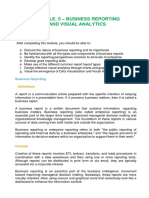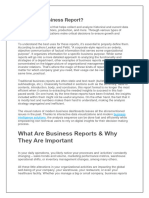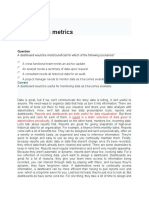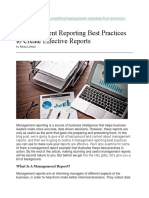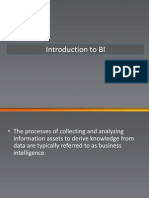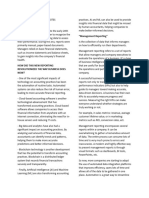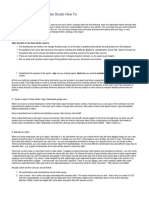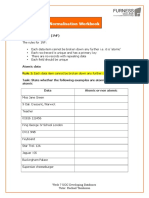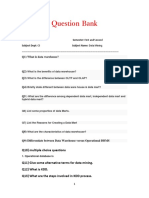0% found this document useful (0 votes)
66 views4 pagesReports in Database
Reports in a database context are organized presentations of data used for analysis and decision-making, including standard, ad-hoc, summary, detailed reports, and dashboards. They support various functions such as decision-making, performance monitoring, financial reporting, and regulatory compliance. The report generation process involves defining requirements, querying the database, formatting data, generating the report, reviewing it, and distributing it using various tools.
Uploaded by
johnmachariamwangi08Copyright
© © All Rights Reserved
We take content rights seriously. If you suspect this is your content, claim it here.
Available Formats
Download as DOCX, PDF, TXT or read online on Scribd
0% found this document useful (0 votes)
66 views4 pagesReports in Database
Reports in a database context are organized presentations of data used for analysis and decision-making, including standard, ad-hoc, summary, detailed reports, and dashboards. They support various functions such as decision-making, performance monitoring, financial reporting, and regulatory compliance. The report generation process involves defining requirements, querying the database, formatting data, generating the report, reviewing it, and distributing it using various tools.
Uploaded by
johnmachariamwangi08Copyright
© © All Rights Reserved
We take content rights seriously. If you suspect this is your content, claim it here.
Available Formats
Download as DOCX, PDF, TXT or read online on Scribd
/ 4
